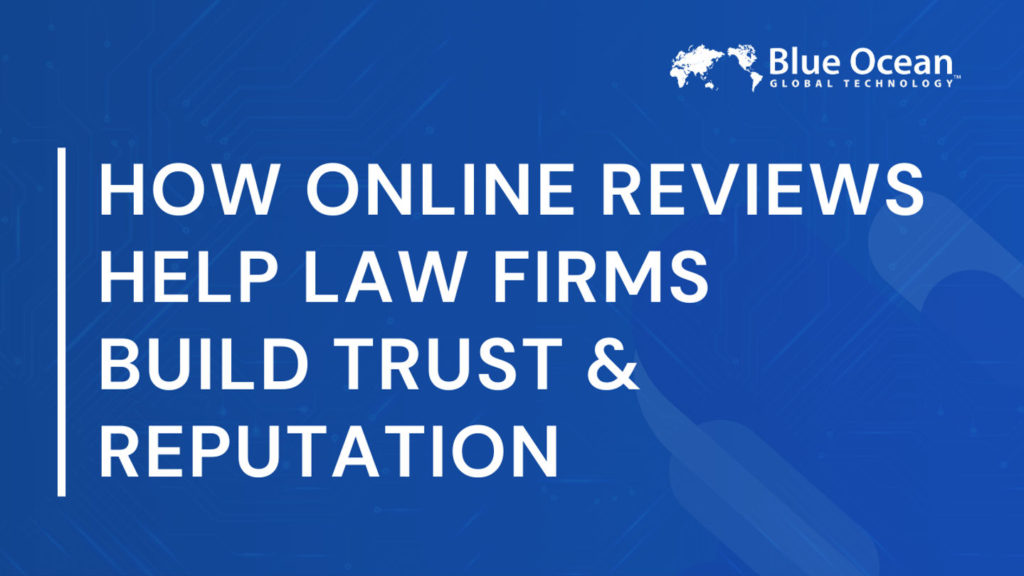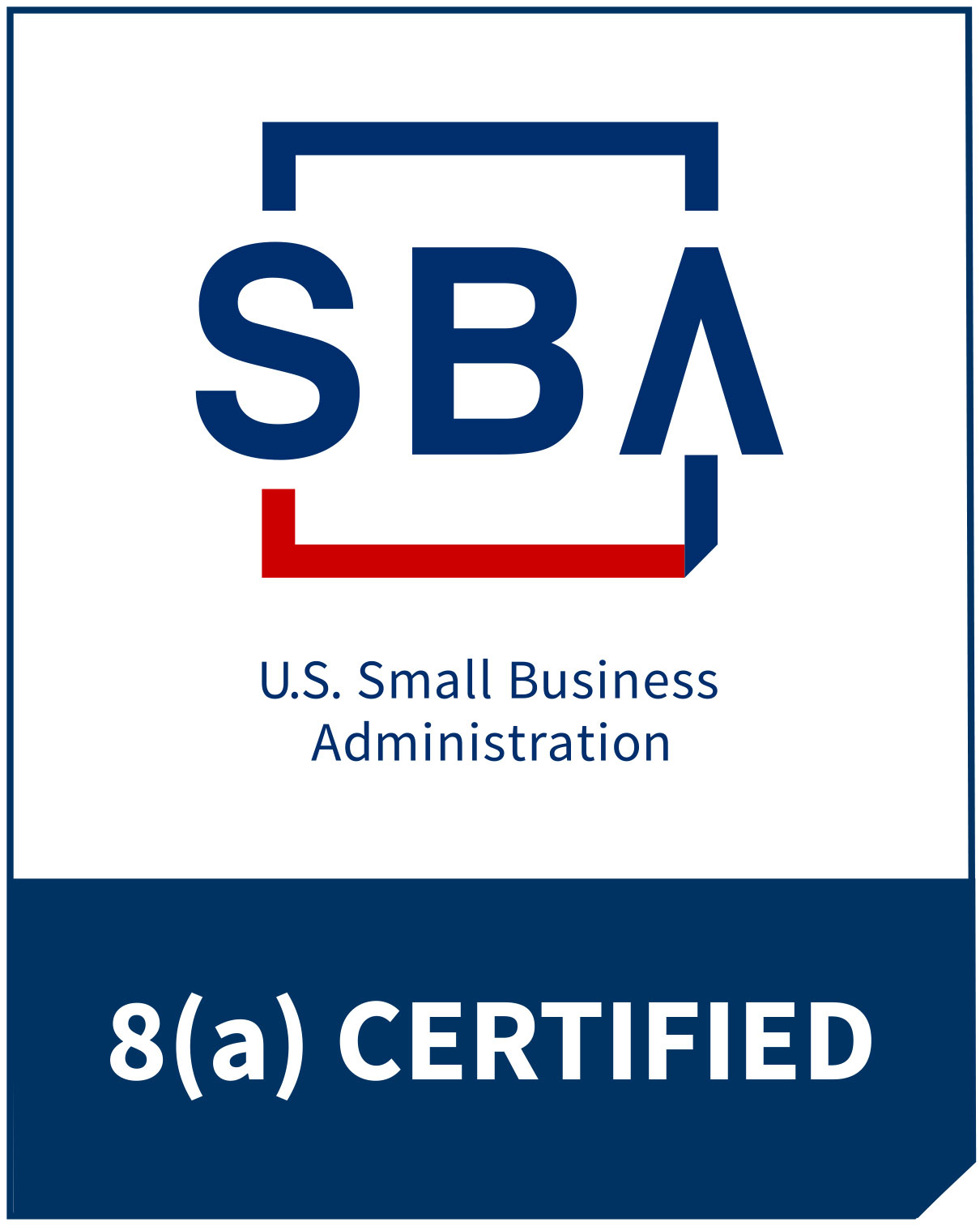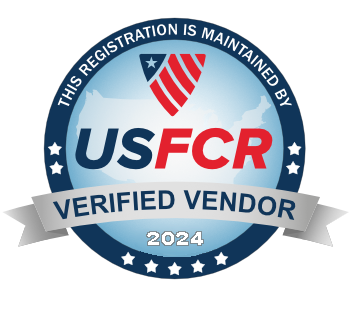Creating a Wikipedia page can be challenging due to stringent requirements surrounding notability, reliable sourcing, and editorial compliance. Despite this, understanding the step-by-step process and anticipating potential challenges significantly increases the likelihood of success. Surprisingly, many overlook practical details like rejection handling and publishing timelines, which play a crucial role.
This article provides a comprehensive guide to creating a Wikipedia page, covering eligibility, drafting, submission, and common pitfalls. It also equips you to handle rejections, appeals, and post-approval management. Blue Ocean Global Technology specializes in helping individuals and organizations navigate Wikipedia’s complex requirements, ensuring credibility and strategic guidance at every step.
Understanding Wikipedia’s Notability and Eligibility Requirements
Not every subject qualifies for a Wikipedia page. Wikipedia’s notability guidelines are key to determining whether your topic is suitable. These rules establish that a topic must receive significant coverage from reliable, independent sources to be eligible for a standalone page.

What is Wikipedia’s Notability Requirement?
Notability refers to the level of attention a topic has received from credible sources, ensuring it’s substantial enough for inclusion. For Wikipedia, secondary sources are crucial:
- Articles, books, or academic papers from trusted outlets highlight a topic’s impact.
- Sources like blogs or self-published content generally fail to meet the requirement.
- Public figures, organizations, or events must show consistent and independent media coverage rather than one-off mentions.
Who Can Be on Wikipedia?
Eligibility for a Wikipedia page extends beyond celebrities or global brands. Low-profile individuals and small organizations can also qualify, provided their achievements meet the standard. Critical factors include:
- Awards, professional accomplishments, or notable work cited in reputable media.
- Documented societal contributions or influence reflected in secondary sources.
- Engaging in activities that have attracted attention from independent publications.
Non-Notable Subjects on Wikipedia
Pages are frequently rejected or deleted when a topic fails to demonstrate notability. Common reasons include:
- Subjects with limited or no independent coverage.
- Heavy reliance on primary or promotional materials.
- Topics deemed overly obscure or lacking broader significance.
Why Write a Wikipedia Page?
A Wikipedia page significantly enhances visibility and credibility. For businesses, it aids brand recognition, while for individuals, it solidifies expertise within a field. This credibility stems from Wikipedia’s reputation as a neutral and verifiable information source, providing trust in an otherwise cluttered digital space.
How to Create a Wikipedia Page: Step-by-Step Instructions
Crafting a Wikipedia page follows a clearly defined sequence. Each step reduces risks of rejection and ensures the content complies with Wikipedia’s policies.

Step 1: Check If the Topic Already Exists
Before beginning, confirm whether your topic is already listed to avoid duplication. Use the platform’s search bar to explore related entries. Duplicate submissions lead to immediate rejection, highlighting the importance of thorough research.
Step 2: Create a Wikipedia Account
To create a page, you must register a Wikipedia account. Registering fosters transparency and credibility, as contributions from registered editors are tracked more favorably by the community.
According to a 2024 Wikipedia editor survey, articles authored by active, verified contributors were 40% more likely to pass initial review.
Step 3: Research and Gather Verifiable Sources
Wikipedia articles require sources from trusted, independent publishers. Key considerations include:
- Accepted sources: News outlets, academic journals, and non-affiliated publications.
- Rejected sources: Press releases, personal blogs, or self-authored materials.
- Compilation tools: Platforms like JSTOR and Google Scholar can help locate reliable citations.
Step 4: Draft Your Article in the User Sandbox
The sandbox feature allows you to draft and refine your article before submitting it publicly. This space ensures compliance with formatting, structure, and Wikipedia’s policies:
- Stick to a neutral point of view (NPOV) to avoid promotional language.
- Prioritize clarity and verifiability in your draft.
- Align your content with examples of existing, approved Wikipedia entries.
Step 5: Submit the Article for Review
Once your draft is complete, submit it for review by Wikipedia editors. While timelines vary, articles typically take two to four weeks for a response. Rejection is common for first submissions due to issues like incomplete sourcing or promotional tone. Reviewing and addressing feedback significantly boosts resubmission success.
Avoiding Common Mistakes When Creating a Wikipedia Page
A proactive approach helps prevent issues that could result in deletion or rejection. Awareness of common pitfalls ensures a smoother experience.

How to Write a Wikipedia Page That Won’t Get Deleted
Neutrality and verifiability underpin every successful page. Avoid promotional language that sounds biased or self-serving. The inclusion of high-quality references bolsters credibility, aligning your article with Wikipedia’s guidelines.
Common Mistakes to Avoid
Errors during the creation phase often lead to disapproval. Some of the most frequent issues include:
- Relying on unreliable sources or using original research.
- Failing to establish sufficient notability for a topic.
- Neglecting the sandbox by submitting incomplete drafts directly.
How Does Wikipedia Define Proper Citations?
References play a pivotal role in article acceptance. To build strong citations:
- Use a combination of reputable news sites, academic studies, or government publications.
- Stick to citation formats Wikipedia supports, like inline references or footnotes.
- Double-check sources for neutrality and reliability before submission.
How Long Does it Take to Get a Wikipedia Page Approved?
Wikipedia review timelines depend on editorial queues and content complexity. Typically, the process stretches across two to eight weeks. Factors influencing speed include completeness of sources and proactive responsiveness to editorial feedback.
Handling Rejections and Appeals: A Comprehensive Guide
Page rejections or deletions can feel frustrating, but they frequently stem from remediable issues. Understanding the appeal process can turn setbacks into opportunities.

Why Do Pages Get Rejected or Deleted?
Submissions are rejected when failing to meet critical standards. Common causes include:
- Articles appearing biased or overly promotional.
- Poor or insufficient sourcing to demonstrate notability.
- Violations of Wikipedia’s formatting and policy guidelines.
Can You Appeal a Deleted Wikipedia Page?
Yes, Wikipedia permits appeals for deleted pages. The process involves:
- Reviewing feedback from deletion discussion notes.
- Revising the content to address raised objections.
- Resubmitting through either the appeals system or administrator request.
How to Manage Your Wikipedia Page After Approval
Post-approval, monitoring your page for accuracy is critical. Wikipedia allows community edits, making continued oversight necessary to prevent vandalism or inaccuracies. Timely updates help maintain relevance and ensure compliance with editorial changes.
Real-World Examples of Successful Appeals
For instance, pages initially rejected for insufficient sourcing often gain approval after thorough revisions. Paying close attention to specific editor comments fosters a smoother path to acceptance.
Don’t Risk Rejection
Get professional guidance to navigate Wikipedia’s notability and sourcing requirements with confidence. Book your strategy session now.
Additional Tips for Achieving Wikipedia Success
Strong preparation and community engagement improve your chances of creating a Wikipedia page without complications.
Contribute to Other Pages First
Editors gain credibility by improving existing Wikipedia entries. Regular contributions demonstrate your ability to follow editorial guidelines, earning trust among fellow contributors.
Key Takeaways for Success
Success requires precision and adherence to policies:
- Keep all content neutral, factual, and verifiable.
- Work from a foundation of reliable, independent sources.
- Comply strictly with notability and editorial guidelines.
Takeaways and Additional Resources
Using tools like Google Docs ensures clean drafts, while Grammarly aids with grammar and tone compliance. For sourcing, academic repositories like PubMed provide reliable material for citations.

Why Choose Blue Ocean Global Technology for Your Wikipedia Needs
Creating a Wikipedia page involves navigating complex guidelines and editorial standards, which can feel overwhelming for beginners. Blue Ocean Global Technology brings expert support and a strategic approach to notability compliance, submission strategy, and reputation management. Instead of risking rejection, trust our experienced team to guide you in securing a notable Wikipedia presence efficiently.
Frequently Asked Questions
1. Who qualifies for a Wikipedia page?
A subject qualifies if it meets Wikipedia’s notability standards, which include consistent coverage from reliable, independent sources—not self-published or promotional content.
2. How long does it take to get a Wikipedia page approved?
The review process typically takes 2 to 8 weeks depending on editorial backlog and the quality of your sources and content.
3. What are the most common reasons Wikipedia pages get rejected?
Rejections are usually due to promotional tone, lack of independent sources, or failure to meet formatting and neutrality guidelines.
4. Can I write my own Wikipedia page?
Yes, but self-authored pages are heavily scrutinized. It’s essential to follow editorial standards, maintain neutrality, and avoid conflict of interest issues.
5. What can I do if my Wikipedia page is deleted?
You can appeal the deletion by reviewing the feedback, correcting issues, and resubmitting with stronger sources and compliance to Wikipedia’s guidelines.
Ready to Build Your Wikipedia Presence?
Schedule a consultation today and let our experts help you create a compliant, credible page that stands the test of editorial review.












